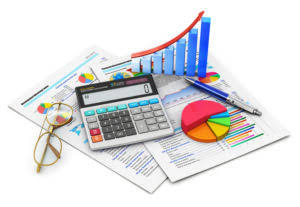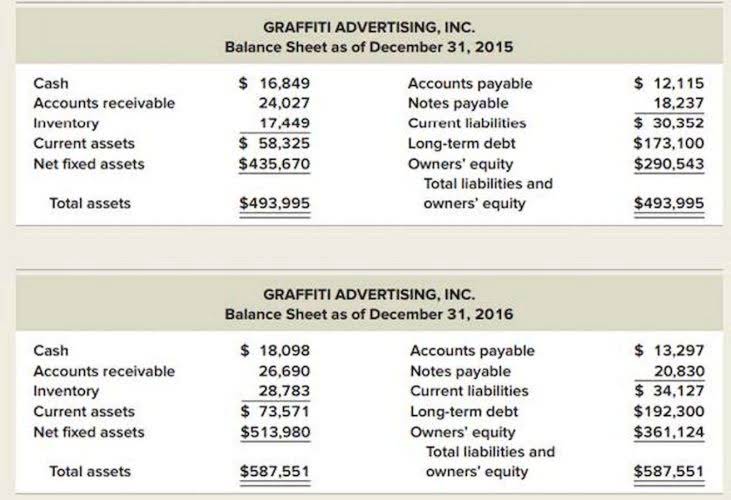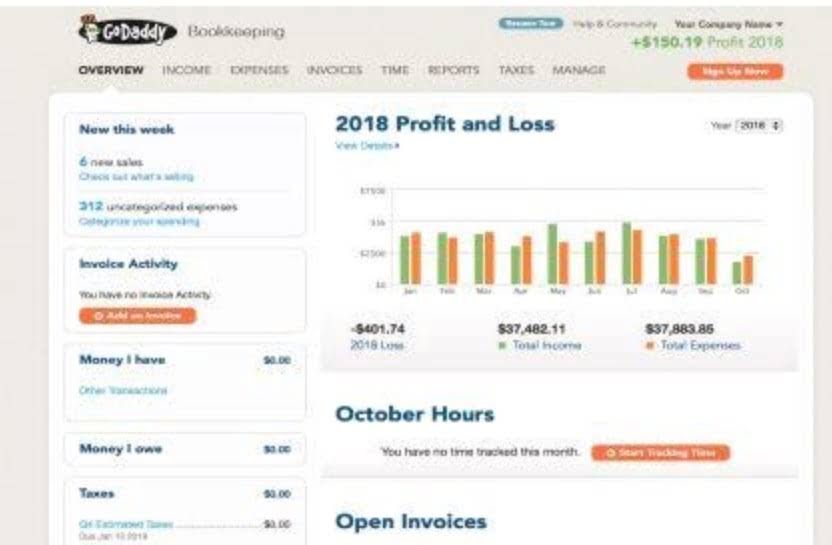Ultimate Guide to Healthcare Billing Software

Automating your e-billing system with e-billing software can provide numerous benefits, such as improved efficiency, cost savings, and increased accuracy. With e-billing software, businesses can streamline the entire billing process, from invoice creation to payment reconciliation and record-keeping. Electronic billing (e-Billing) eliminates paper invoices and replaces them with digital versions, ramping up business and system efficiency for the supplier and customer. Electronic billing reduces costs, streamlines workflows, and improves cash flow. E-billing includes the entire process of managing bills online— generating a bill, submitting the payment, receiving the payment, and more. Invoicing, on the other hand, is often directly tied to the accounts payable department.

Particularities of eBilling in Spain
- Electronic billing (e-Billing) is a method of sending and paying bills electronically, rather than through paper billing processes.
- These networks provide a common framework that facilitates the communication and exchange of eBills between different jurisdictions and sectors.
- Save time, money, and your sanity when you let ReliaBills handle your bill collection, invoicing, reminders, and automation..
- Errors and duplicate invoices are reduced when manual keying of supplier invoices isn’t required.
- It minimises manual mistakes while simultaneously speeding up data input labour.
- It can also reduce errors and delays by automating workflows and providing real-time data on payment status and transaction history.
Online payment portals are often integrated with popular payment processing systems, such as PayPal or credit card companies, allowing for secure and efficient payment processing. Automated payment processing systems can also provide additional features such as automatic payment reminders and recurring payments, further streamlining the payment process. In conclusion, it offers several benefits to businesses, from reducing administrative costs and improving accuracy and security to enhancing customer satisfaction and simplifying record-keeping legal e-billing and reporting. By adopting e-billing systems, businesses can streamline their processes, reduce costs, and achieve greater efficiency.
- Asaf specializes in product development for the web, team building and in bringing a company from concept to an actualized unit that is profitable.
- Customers can visit the biller’s website, an online portal, or receive the eBill via email with a bill-direct option.
- Processing time is reduced, thus improving the payment cycle and liquidity of companies.
- These regulations establish the technical and legal requirements to ensure the validity of electronic invoices and their acceptance by tax authorities.
- Electronic billing reduces costs, streamlines workflows, and improves cash flow.
- It replaces traditional paper-based billing methods, offering benefits like faster delivery, reduced costs, and enhanced convenience for both businesses and customers.
Cash Flow Forecasting: Boost Your Finances
Automated procurement workflows reduce manual and human error and improve the efficiency of accounts payable operations. Additionally, having a centralized repository of this information facilitates better communication with vendors and enables more strategic sourcing decisions. Organizations that continue to rely on outdated paper bills and manual invoicing processes are losing time and money. Switching to an electronic billing system offers an automated way to manage payments, track invoices, and improve cash flow.

Finance automation that puts you in charge
Electronic billing (e-Billing) has replaced paper billing to make the process more efficient for both the supplier and the customer. The result is fewer labor hours for invoice processing and a shift to more strategic work with a higher payoff. Paper and printer use is eliminated, contributing to the environmental goal within ESG and saving money. E-billing adds efficiency to multiple business units, ranging from accounting to customer service. E-bills are generally created by the AR department, which acts as the payee, and are paid by the AP Certified Bookkeeper department of the payer. E-bills make it easy for accounting personnel to balance and reconcile the books and for customer service representatives to access electronic records and resolve issues.
- This process isn’t always smooth, especially when dealing with a deeply established organization that is entrenched in its current systems.
- Effortlessly manage payments and leverage your accounting as a strategy for growth.
- Alternatively, e-bills can be delivered as machine-readable data such as EDI or XML format documents to facilitate automatic processing and payment by accounts receivable software.
- Any discrepancies or issues are then resolved through communication between the business and the customer.
- Using an eBilling system to track and report on payments also gives businesses added visibility and budgetary control.
- Moreover, eBilling facilitates compliance with tax regulations by integrating with management systems and automatically reporting to authorities.

Paper bills are a thing of the past for those who have replaced the old with the new and implemented eBilling in their business. End-to-end B2B payment protection software to mitigate the risk of payment error, fraud and cyber-crime. Globalization will also bring greater collaboration between governments and companies to create more flexible regulatory frameworks that promote innovation without compromising security and compliance. In the long term, we are likely to see a convergence towards a globally accepted eBilling system, where technological and legal barriers are minimized.
- To function correctly, an eBilling system must integrate with a couple of other systems, such as your company’s enterprise resource planning (ERP) or accounting software, banking software, and payment system.
- Electronic bill pay systems fall into two categories, “pay-anyone” services and restricted biller list services.
- If you’re ready to never send another paper bill again, these simple e-billing steps are all you need.
- Mint, an app that allows you to gather all of your financial data and subscriptions in one place, is an example of such an entity.
- Using fixed-effect estimation methods, the researchers analyzed 3.5 million audits, covering approximately 70% of U.S. hospitals.
- See how forward-thinking finance teams are future-proofing their organizations through AP automation.
Billers may also implement more than one model in order to best serve their clients. Because the industry is continuously changing and redefining, the options and opportunities will continue to expand. See how forward-thinking finance teams are future-proofing their organizations through AP automation. Join our community to get finance, operations, and procurement resources straight to your inbox.
What security measures are in place for EIPP transactions?
Overdue payments can lead to budgetary roadblocks and operational interruptions. An electronic billing system makes the process much simpler and more efficient online bookkeeping because e-billing decreases the time between when an organization sends the bill and when the citizen receives it. E-bill payment encourages and reminds recipients to pay on time via auto-pay options. E-bills, or electronic bills, are paperless bills delivered via the internet, presented on a website, in an e-mail or as an electronic document such as a PDF file. An e-bill gives customers the ability to review billing details before sending payment.




